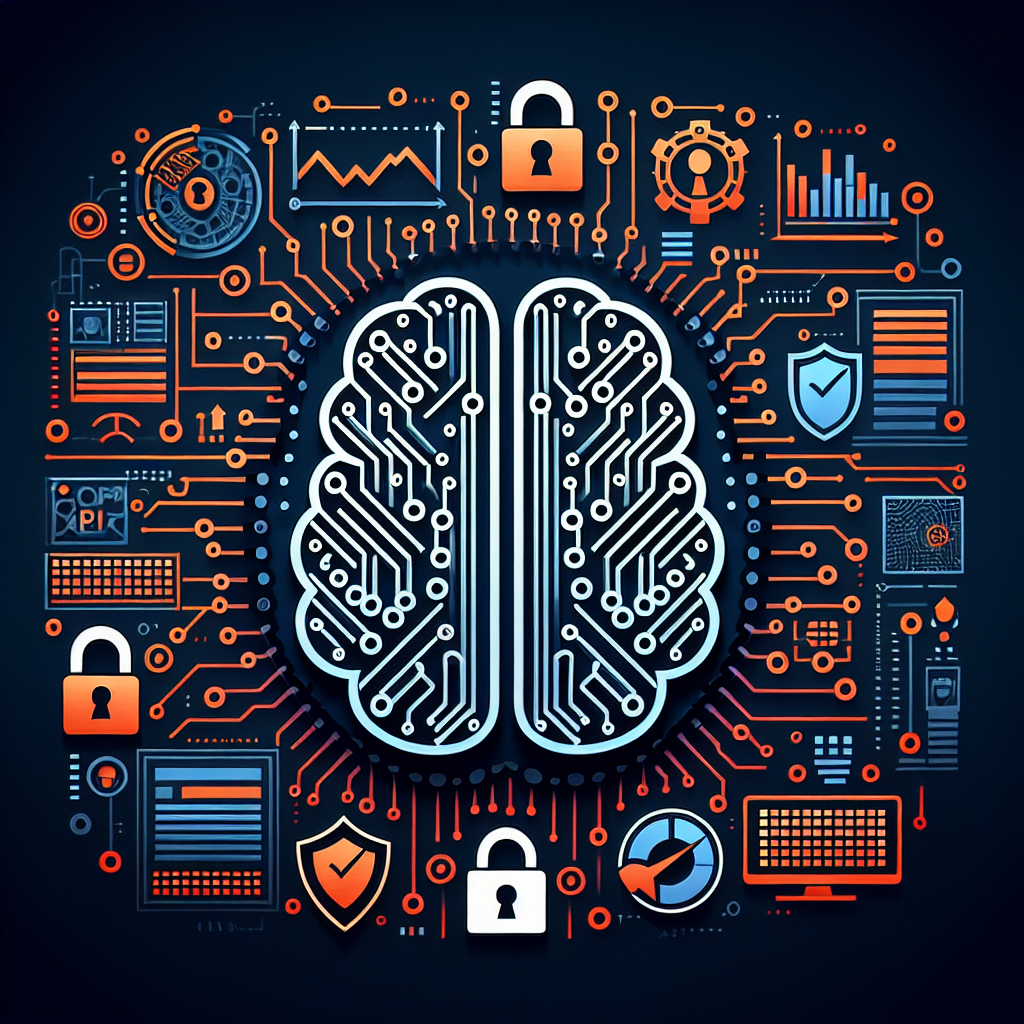In today’s digital age, organizations are facing an increasing number of cybersecurity threats that can compromise sensitive data and disrupt business operations. With the rise of sophisticated cyber attacks, it has become essential for companies to adopt proactive cybersecurity measures to protect their assets and ensure the continuity of their operations.
One of the key technologies that can help organizations in this endeavor is artificial intelligence (AI). AI has the capability to analyze vast amounts of data in real-time, identify patterns and anomalies, and predict potential cybersecurity risks before they occur. By leveraging AI for proactive cybersecurity risk assessment, organizations can stay one step ahead of cyber threats and minimize the impact of potential attacks.
The Role of AI in Proactive Cybersecurity Risk Assessment
AI technologies, such as machine learning and deep learning, can be trained to detect and analyze cybersecurity threats based on historical data and real-time information. These AI algorithms can continuously monitor network traffic, user behavior, and system logs to identify any suspicious activities that could indicate a potential cyber attack.
By analyzing patterns and anomalies in the data, AI systems can generate alerts and notifications to security teams, enabling them to take proactive measures to mitigate the risks before they escalate. AI can also help organizations to automate routine cybersecurity tasks, such as patch management, threat detection, and incident response, allowing security teams to focus on more strategic initiatives.
Benefits of Leveraging AI for Proactive Cybersecurity Risk Assessment
There are several key benefits of using AI for proactive cybersecurity risk assessment:
1. Real-time threat detection: AI algorithms can analyze data in real-time to detect potential cybersecurity threats as they emerge, allowing organizations to respond quickly and effectively to mitigate the risks.
2. Predictive analytics: AI can use historical data to predict future cybersecurity risks and trends, enabling organizations to proactively address vulnerabilities before they are exploited by cyber attackers.
3. Improved incident response: AI can automate incident response processes, enabling security teams to respond to cyber attacks more efficiently and effectively, minimizing the impact on business operations.
4. Enhanced threat intelligence: AI can analyze vast amounts of data from multiple sources to provide organizations with actionable insights into potential cybersecurity risks, helping them to make informed decisions about their security posture.
5. Reduced false positives: AI algorithms can filter out false positives and prioritize alerts based on their severity, enabling security teams to focus on the most critical threats first.
FAQs
Q: How does AI help in identifying cybersecurity risks?
A: AI algorithms can analyze vast amounts of data in real-time to detect patterns and anomalies that may indicate potential cybersecurity threats. By continuously monitoring network traffic, user behavior, and system logs, AI systems can identify suspicious activities and generate alerts to security teams.
Q: Can AI predict future cybersecurity risks?
A: Yes, AI can use historical data to predict future cybersecurity risks and trends. By analyzing patterns and trends in the data, AI algorithms can provide organizations with insights into potential vulnerabilities that could be exploited by cyber attackers.
Q: How can organizations leverage AI for proactive cybersecurity risk assessment?
A: Organizations can leverage AI for proactive cybersecurity risk assessment by implementing AI-powered security solutions that can analyze data in real-time, detect potential threats, and automate incident response processes. By harnessing the power of AI, organizations can stay one step ahead of cyber threats and protect their assets from potential attacks.
In conclusion, leveraging AI for proactive cybersecurity risk assessment can help organizations to stay ahead of cyber threats and protect their assets from potential attacks. By using AI-powered security solutions, organizations can detect and mitigate cybersecurity risks in real-time, predict future threats, and automate incident response processes, enabling them to enhance their security posture and ensure the continuity of their operations in today’s increasingly complex threat landscape.

